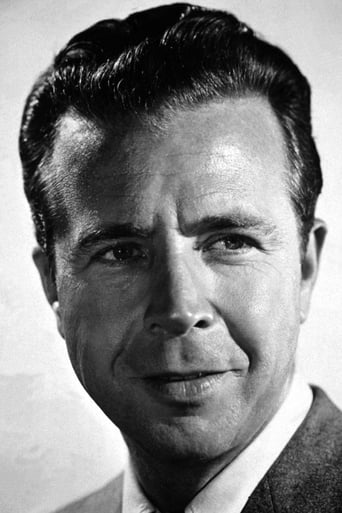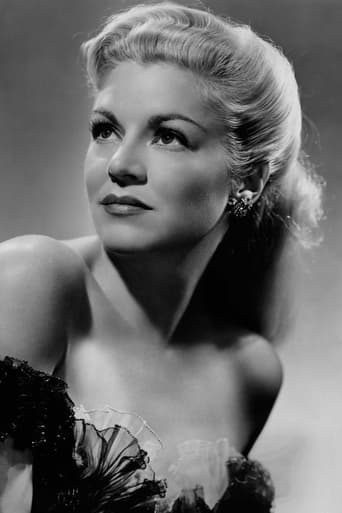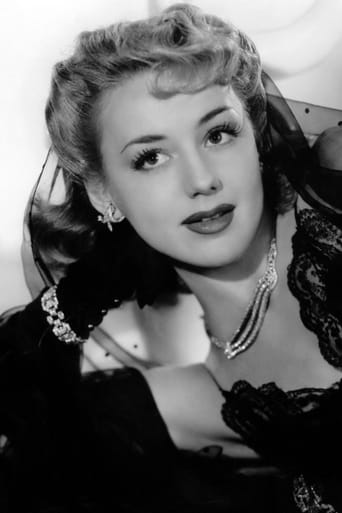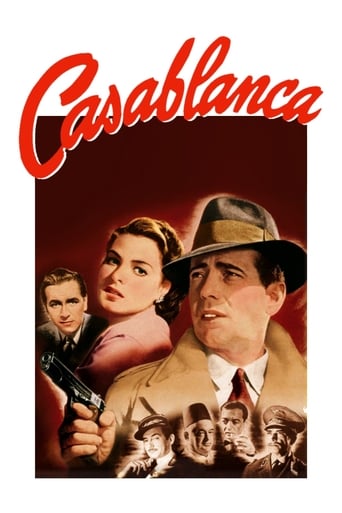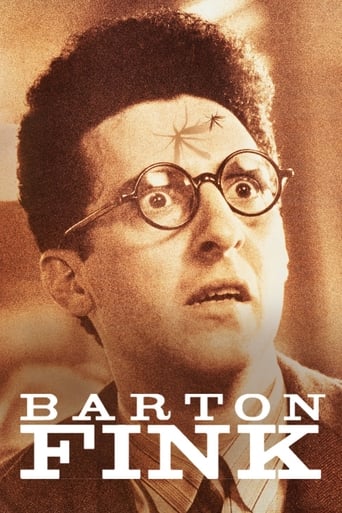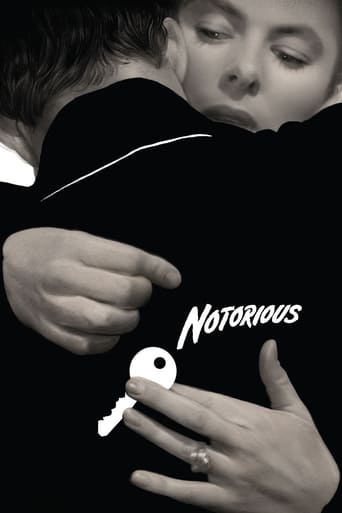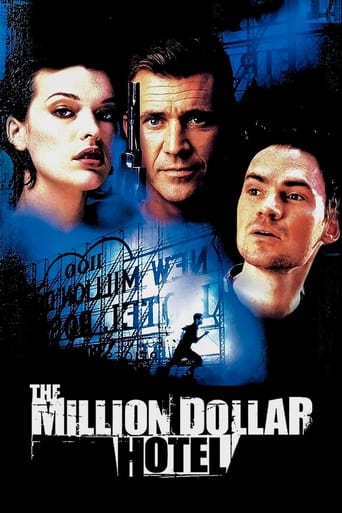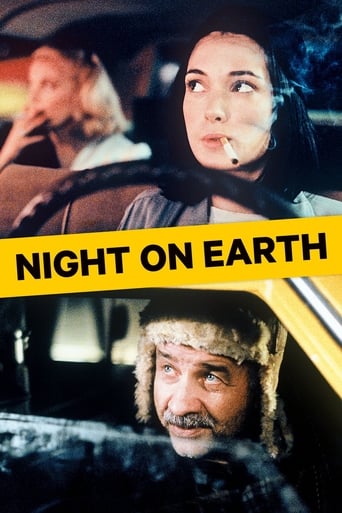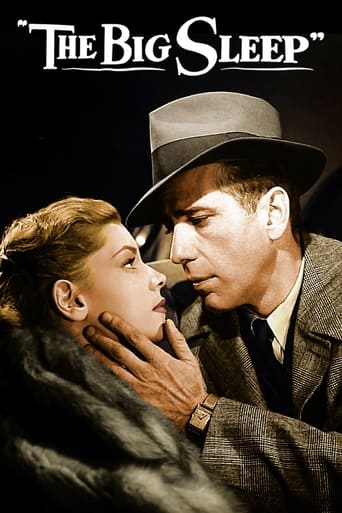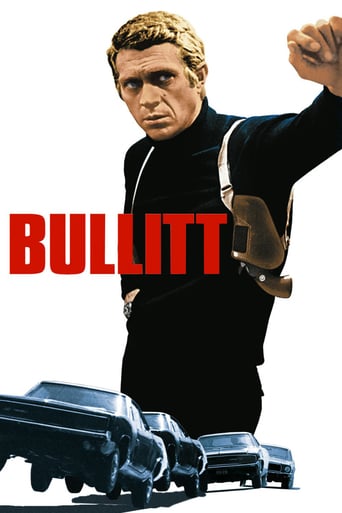
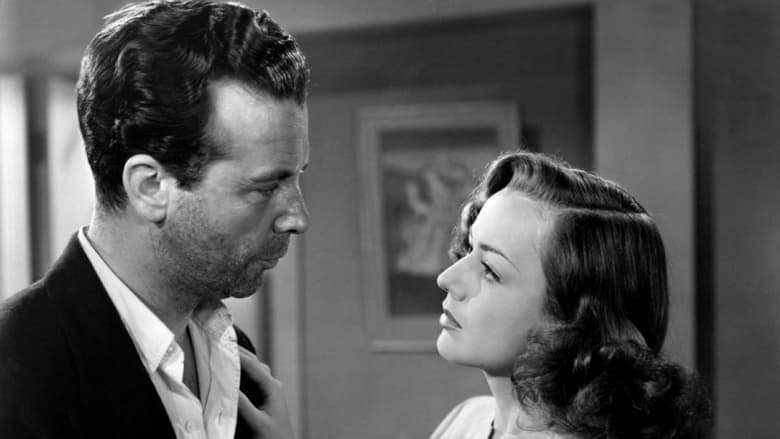
Murder, My Sweet (1944)
After being hired to find an ex-con's former girlfriend, Philip Marlowe is drawn into a deeply complex web of mystery and deceit.
Watch Trailer
Cast
Similar titles
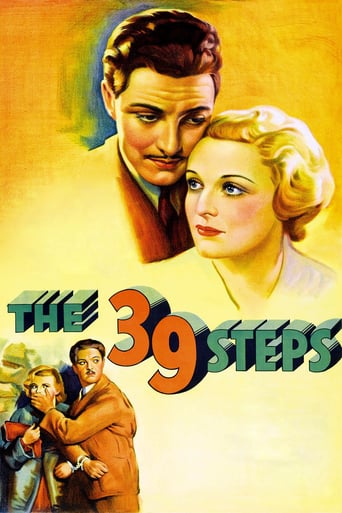
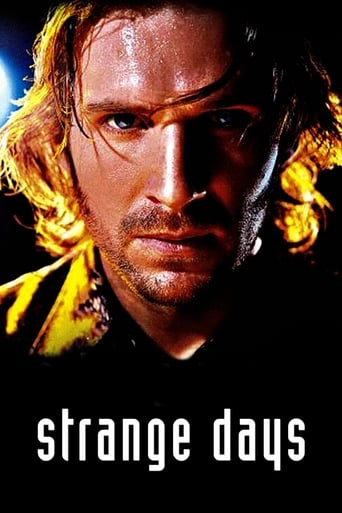
Reviews
Am i the only one who thinks........Average?
It's fun, it's light, [but] it has a hard time when its tries to get heavy.
It's complicated... I really like the directing, acting and writing but, there are issues with the way it's shot that I just can't deny. As much as I love the storytelling and the fantastic performance but, there are also certain scenes that didn't need to exist.
It is a whirlwind of delight --- attractive actors, stunning couture, spectacular sets and outrageous parties.
Raymond Chandler's 1940 novel "Farewell, My Lovely" has been filmed three times. The first version (from 1942) was "The Falcon Takes Over" which adapted Chandler's plot, relocated the action from Los Angeles to New York and replaced Chandler's hero Philip Marlowe with the figure of The Falcon, a gentlemanly British detective (originally created by Michael Arlen) who became the hero of a long-running series of forties B-movies. This film from 1944 was released as "Farewell, My Lovely" in the United Kingdom, but in America it is known as "Murder, My Sweet", apparently because Dick Powell had previously been better known as the star of light-hearted musicals and the studio wanted to ensure that audiences knew they would be seeing a crime drama, not a comedy. When the remake starring Robert Mitchum was made in 1975 it was released under Chandler's original title worldwide.I will refer to this film by its British title, largely because that is the one with which I am most familiar. Like most films noirs it has a particularly complex plot. It opens with Marlowe being interrogated by police about two murders, and this interrogation serves as a framework, with the story being told in flashback. We learn how Marlowe accepted two sets of apparently routine instructions which landed him in trouble. Moose Malloy, a former wrestler recently released from jail, hired him to trace his old girlfriend Velma, and he was also hired to act as bodyguard to a man paying a ransom for some stolen jewels. Marlowe finds himself caught up in a web of intrigue involving the owner of the jewels, her husband and stepdaughter, Malloy, and a sinister psychic healer.The term "film noir", literally "black film", has a double, perhaps triple, meaning. Such films were figuratively "dark" because of the "dark deeds" which make up their plots, and perhaps also in the sense that these plots are often obscure and mysterious. They were, however, also "dark" in a literal sense, because they generally included striking chiaroscuro photography, often involving scenes shot at night. Here Edward Dmytryk goes even takes this tendency to extremes, shooting almost the whole of the movie at night with virtually no daytime scenes. Later crime dramas set in the Los Angeles area, such as Polanski's "Chinatown", have emphasised the brilliant Southern California sunshine, but here the City of Angels becomes a City of Dreadful Night, with Dmytryk using (as did other noir directors such as Hawks, John Huston, Billy Wilder, Sam Fuller and Carol Reed) physical darkness as a visual metaphor for both impenetrable mystery and moral depravity.Powell's performance as Marlowe has been the subject of some controversy, coming in for both praise and criticism. My view is that he is not at all bad, considering that he had had little previous experience of this sort of film, but even so he is not really in the same class as Humphrey Bogart who was to play Marlowe in Howard Hawks's "The Big Sleep" from two years later. The best performance here is probably from Claire Trevor, something of a noir specialist, as Helen Grayle, the owner of the jewels and the glamorous second wife of a wealthy, much older man. (The jewels are the story's "McGuffin". Did Chandler, I wonder, use the name "Grayle" as a deliberate reference to the Holy Grail, perhaps the most famous McGuffin in literary history?) Mike Mazurki is also good as Moose, a man with overdeveloped muscles and an underdeveloped intellect who nevertheless retains a certain rough integrity.This film is certainly a lot better than "The Falcon Takes Over", in which George Sanders is far too laid back and insouciant, even when serious matters like murder are at stake. (Chandler's story, in any case, was not really suitable for B-movie treatment). I am unable make comparisons with the Mitchum "Farewell, My Lovely", which I have never seen. As for "The Big Sleep", Dmytryk is able to maintain the tension as well as does Hawks, and the writing is better here than in the later film, one which we tend to watch more for its atmosphere than for its plot, which is impenetrable even by noir standards. The plot of "Farewell, My Lovely" may be complex, but it never becomes incomprehensible. Although I prefer Bogart to Powell, I nevertheless think that this version of "Farewell, My Lovely" can stand comparison with "The Big Sleep". 8/10
A film adaptation of Raymond Chandler's novel "Farwell, My Lovely", "Murder, My Sweet" is a great example of noir, with dramatic lighting, many night scenes, and a number of tough characters. Dick Powell--in a dramatic shift from the crooner roles he was used to--plays Philip Marlowe, the private eye who lives in a seedy world of losers and the corrupt. Marlowe's office is a small hole is a trashy building. Yet, healways needs rent money, so he is not very picky about the cases he takes.The film starts with Marlowe getting the third degree from the cops. Most of the story is his recounting of two cases, with Powell's voice frequently providing the voice-over narration. In one case, Marlowe agrees to search for a missing woman. The other starts as an insignificant job attending a planned rendezvous. As the cases develop, Marlowe discovers both are complex and dangerous enterprises.Along they way, he meets Ann Grayle, featuring Anne Shirley in her final screen role. Her motives are obscure, but she definitely gets Marlowe's attention.He also deals with Ann's step-mother, Helen Grayle (Claire Trevor), who has an eye for interesting men, and it doesn't take much to interest her. A few years after this role, Ms. Trevor will win an Oscar for her work in "Key Largo" in a very different role.Chandler's Marlowe is quick with the wisecracks and the similes ("She had a face like a Sunday school picnic.") I leave it up to the viewer to decide if Powell fully embodies the tough guy, but I think he does surprisingly well. Watch for the scene where he tries to shake off a drug-induced stupor. As with all Marlowe stories, the characters are stylized and so is the dialogue. But good acting makes even a stylized role realistic. The acting of Miles Mander (as Mr. Grayle) is likewise convincing.Another attribute of many noir detective films is a convoluted story (see "The Maltese Falcon" for example), and this film is true to form. But the story holds up to scrutiny. Still, I think the viewer will have greater success watching this film without distractions at home. I wonder how many moviegoers in 1944 were able to follow the story while seated in a theater with the usual distractions.One of the charming aspects of the film is the humorous dialogue, sometimes dark and deadpan, usually from Marlowe. It differentiates Marlowe from Sam Spade, for example, who is more intense.
"Murder, My Sweet" is first proper adaptation of a Raymond Chandler novel featuring legendary detective Philip Marlowe. Title was changed from "Farewell, My Lovely" because it sounded like another lighthearted Dick Powell musical.Speaking of Powell, I was not aware of his matinée idol image prior to doing this film. I haven't seen him in anything else, though as the director of the WWII submarine drama "The Enemy Below", he left a good impression on me. But I admit that I was skeptical. I cannot be blamed for being so because my idea of a perfect Marlowe is Bogart's portrayal of him in "The Big Sleep". I had my doubts whether Powell could match up to it. So you can imagine my pleasant surprise when it turned out that he did have it in him to match Bogart. Maybe he wasn't as outwardly tough but he definitely nailed it in the clinic scenes where he is in a drugged state and then coming out of it. I felt that he gave Marlowe a vulnerable and hence relatable edge.I don't like the novel much. It has the expected hardboiled dialogue but I could not bring myself to care about any of the characters or the mystery, unlike The Big Sleep. Many fans of the novel crib on this film's board about the changes it made to the novel but I think that at least a few of them were for the better. I liked that the role of Grayle's aged husband was enlarged. It injected some genuine emotion in the film which otherwise might have ended up being another cold exercise in mystery solving. It also suited me better that instead of Marlowe stumbling into a mystery by accident, he was expressly hired by Moose Malloy to solve it.Even if he is working on a low budget, Dmytryk employs a lot of interesting gimmicks and tricks to make the film interesting to look at. I loved the way Moose Malloy was introduced as an ominous reflection in the window. The design of the drug trip/withdrawal scene in the clinic had to be believable for it to work and it is certainly a striking feature, but my most memorable single image in the film would be the perfect match cut when Marlowe holds Marriott's driving licence in his hand and then it cuts to the same card in the hands of a detective.And before I forget, Mike Mazurki was simply awesome in his role as the soft-hearted toughie Moose Malloy. He perfectly managed to make his character look dimwitted and menacing simultaneously.
Murder, My Sweet (1944)One of the classic film noirs. And with all the trademarks of style, story, and character. On top of that, it's really good! I can watch any low grade bad film noir and like it, but this one is for everyone. Fast, crazy, dramatic, beautiful. And with such sparkling "noir" dialog you want to see it twice. In a row.The premise here is that a jade necklace has gone missing and a man hires detective Philip Marlowe to be bodyguard when he goes to buy it back. Things go wrong, but lucky for Marlowe he is now on the inside of a duplicitous bunch of thugs, many of them part of one family. It gets confusing if you don't listen closely and don't get the noir slang, but you realize you don't totally need to follow every nuance of the plot. It's also largely about style, about how this is all told and played out for the cameras.There are a handful of formative early film noirs going back to "The Maltese Falcon" which has some echoes to this one. Most are based on detective stories like this one by Raymond Chandler. Like most mystery or detective fiction, there is a formula at work, a huge dependency on one main character and his point of view, and a slightly contrived plot without deep emotional stakes. Later noirs can get more personal and involving emotionally (like "Out of the Past" or even the 1945 "Mildred Pierce") but the point of view of the protagonist is still important because it's from a lonely position as the world swirls around. The detective was a perfect starting point for this genre--detectives work alone, after all, and see things the rest of us never dream of.So Marlowe gets taken for quite a ride. Dick Powell is terrific in the role. He's no Bogart or Mitchum, and he's no looker (no Dana Andrews). And so he becomes a really regular guy, someone you can relate to. He's tough and savvy and he has a great sense of humor in his interior monologues (another feature of noirs, used heavily here). And when he's abused you feel less like it's a Hollywood star up there but just a character. It works well.There are some really inventive visual things happening. The first happens several times, with black inky pools taking over the screen when he gets knocked out. But there are other distortions, and a fabulous (if technically simple) hallucination sequence that surely had some small influence on Hitchcock in making "Vertigo." When you finally get to the end of this whole up and down adventure you've been a lot of places quickly. It's quite a movie.Don't expect normal realism. The movie is stylized and made to be illustrative, even as it gets gritty and real. The whole situation is a bit improbable, but forget likelihood. Go for the ride yourself. Get into the dialog (which is as classic as it gets). And watch it. Or watch it twice.Oh, and if you want a treat, check out the weird and actually terrific remake, hard to find on DVD, with Robert Mitchum in rich "noir" color called "Farewell, My Lovely." With Charlotte Rampling, no less.
